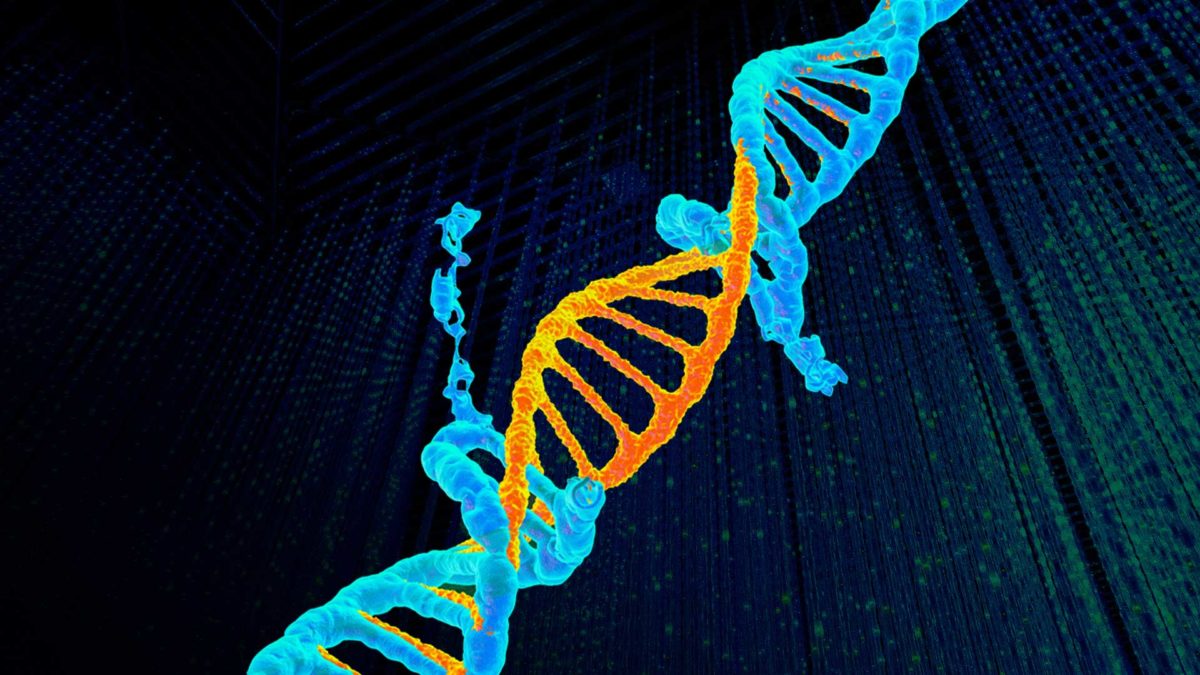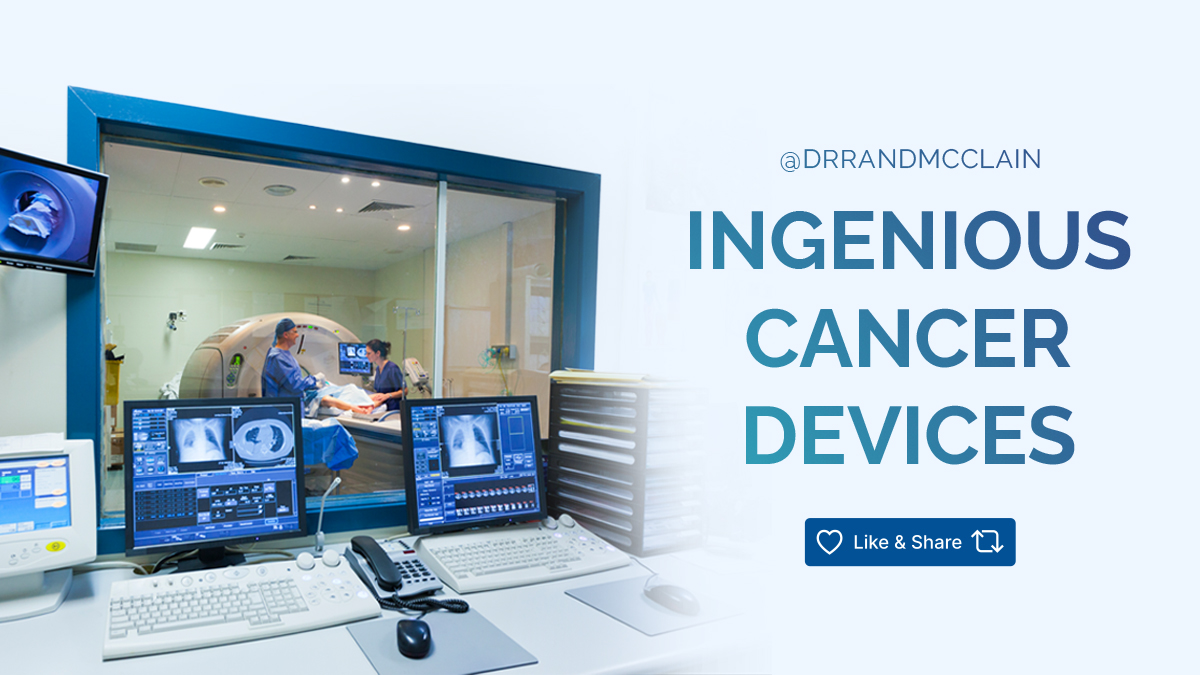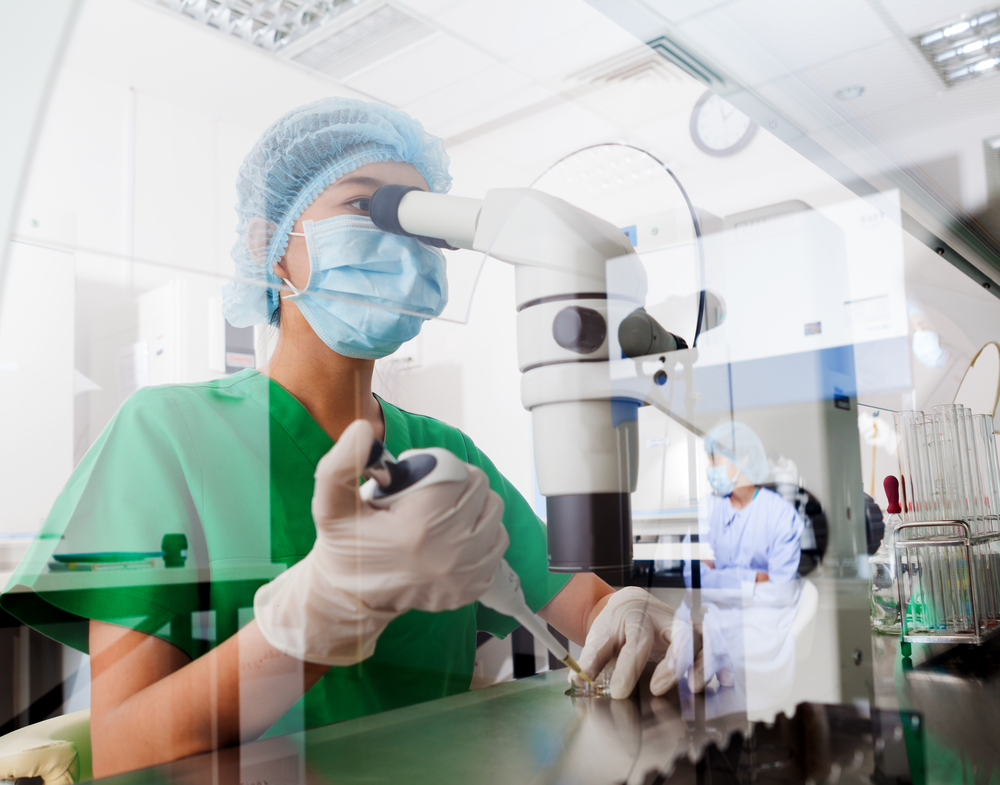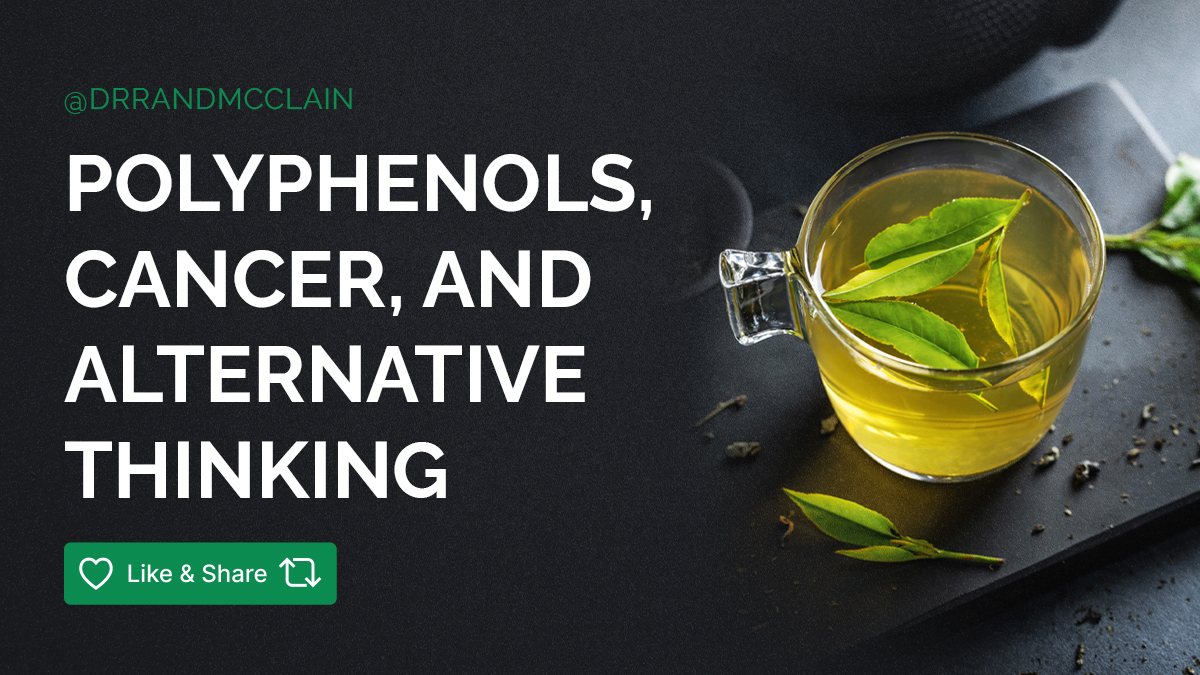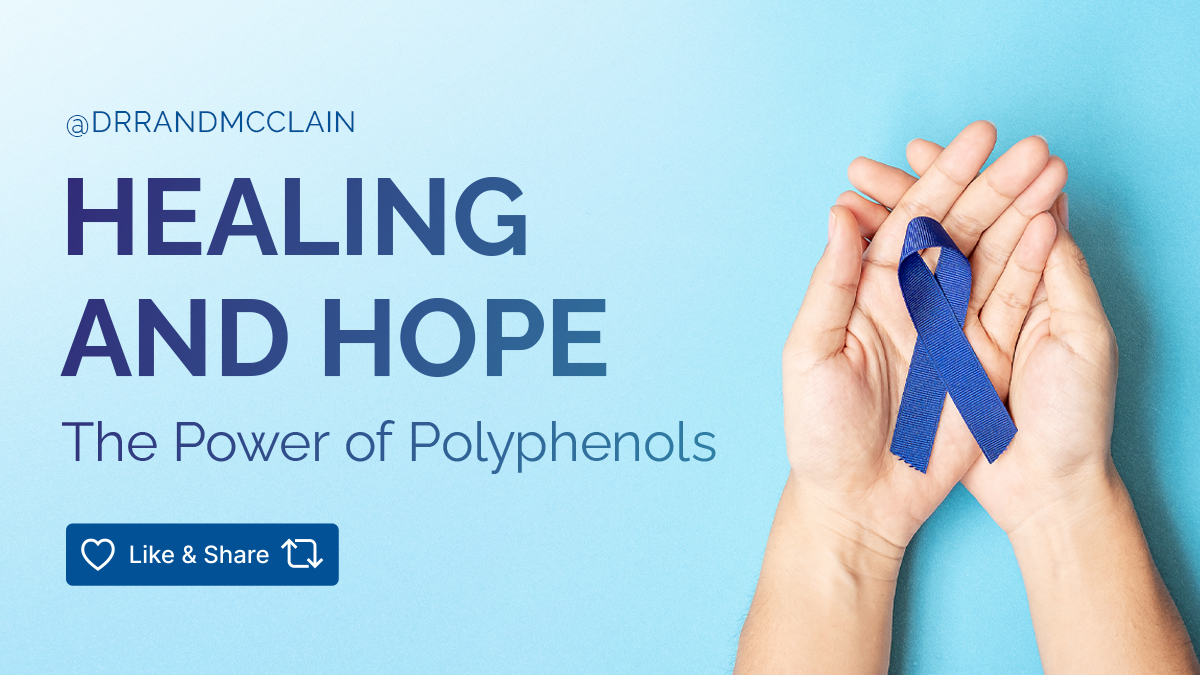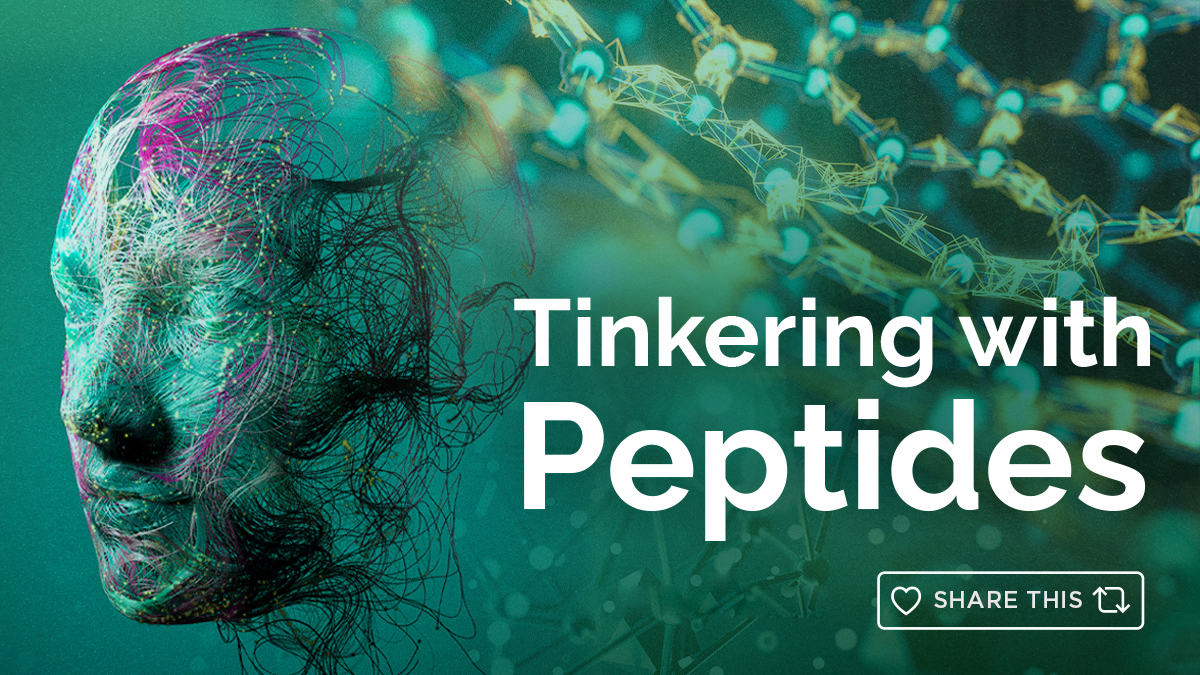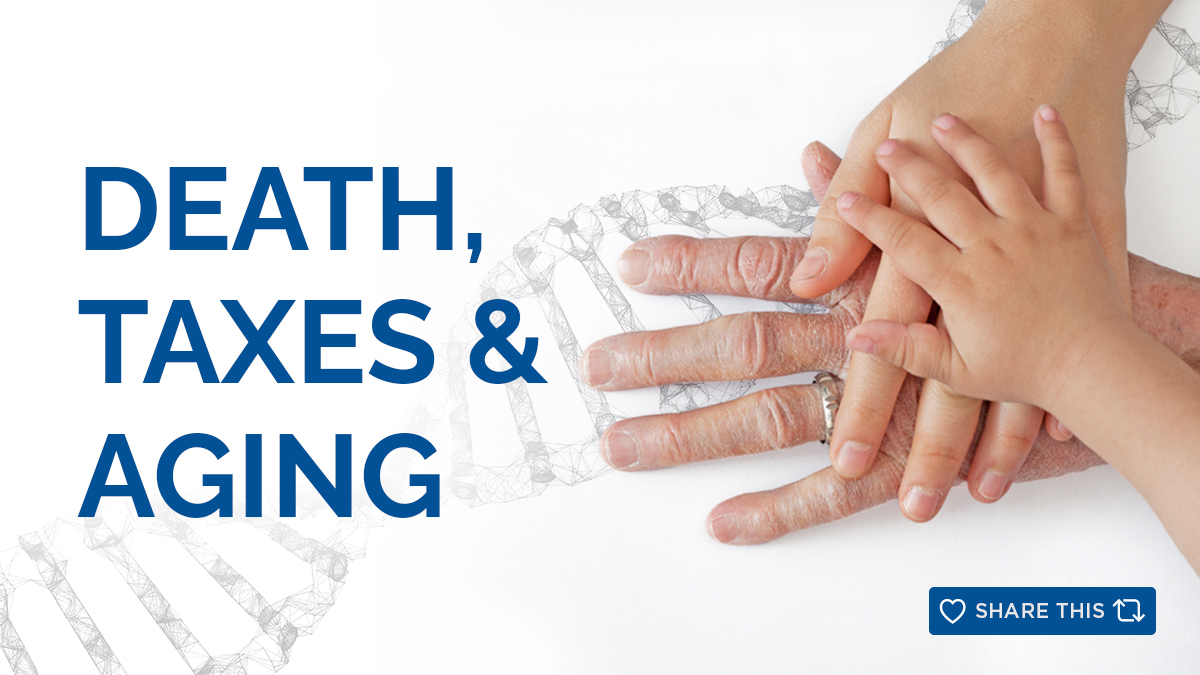Trade-Up with Gene Editing
What if you could swap your not-so-great DNA with much better and healthier DNA, kind of like an exchange program where you trade up? Think about it. You’re genetically predisposed to have a certain disease until you swap it out. It’s not that farfetched. Several diseases are currently treatable through gene editing and those with promising results in clinical trials.
Clustered Regularly Interspaced Short Palindromic Repeats (CRISPR) is the main technology for gene editing today. CRISPR technology is a process; CRISPR itself refers to specific DNA strands, and Cas9 (CRISPR-associated) is a protein/enzyme that can cut DNA strands. In layman’s terms, it’s a technology that allows us to edit genomes by changing cellular DNA.
We’ll probably see several new technologies, in addition to CRISPR, gain traction in the next few years, broadening the uses of gene therapy. In the meantime, let’s take a look at the main diseases/areas targeted by gene editing in clinical trials or available for medical use.
Targeted Diseases – First up… Cancer
Several diseases are being targeted by geneticists. High on their list of priorities is seeking cancer treatment. The process used here is called CAR T-Cell Therapy. CAR stands for Chimeric Antigen Receptor, a specific type of receptor; a gene for this receptor is inserted into a patient’s blood in the lab. The patient’s T Cells, which are part of the immune system, are changed by this gene insertion, causing the T Cells to bind to and attack cancer cells when put back into the patient. Blood cancers are currently the major target of this type of therapy.
CAR T therapy has been used quite a bit in the U.S., and though it’s expensive, it’s been effective. As I’ve described, the process manipulates the patient’s cells in the lab, but ideally, we’ll find a way to use allogeneic stem cells—cells from other people. We’ll harvest stem cells from good candidates and alter them in the lab to fight cancer. The obstacle is preventing immune reactions to other people’s cells, but optimistically, we’ll find a way around this sooner rather than later.
In China, a different approach to cancer treatment using gene editing has been pioneered. They’ve used CRISPR to strengthen the reaction of T-cells by removing the PD1 protein—a protein that tumors can use to stop T-cells from attacking. When CRISPR removed it, T-Cells were freed to attack and destroy the cancer.
Treating Additional Disorders
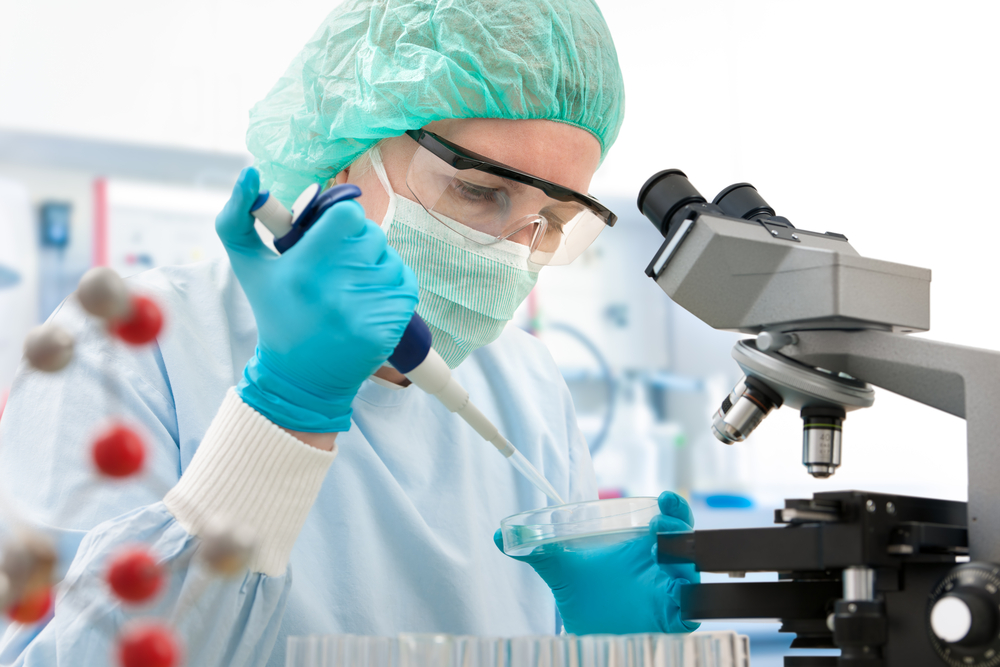
Gene editing has also been successful in treating various blood disorders such as sickle cell disease and hemophilia. In terms of the former disease, the process involves taking stem cells from patients’ blood marrow, harvesting, and editing them, so they produce fetal hemoglobin in red blood cells, countering the disease’s negative effect on these cells’ oxygen-carrying capacity.
Many causes of blindness are hereditary, and for some diseases, the culprit is a single mutated gene. In certain instances, by changing one nucleotide in the cell, blindness can be cured. Trials are underway for the treatment of Leber Congenital amaurosis, a childhood blindness disease. Scientists are using CRISPR to attack mutations in a gene that causes the disease, and early results are promising.
CRISPR technology has been used to treat HIV in clinical trials. In fact, in China, they have done gene editing in embryos, inserting a gene mutation called CCR5 that makes cells resistant to HIV.
At least two companies are working on a treatment for muscular dystrophy using gene editing. In the past, gene therapy struggled to address the causes of muscular dystrophy, because back then, you could only target one gene. Because muscular dystrophy is caused by multiple gene mutations, it was not an effective approach. Now with CRISPR, we can target several genes simultaneously, opening the door for possible treatments.
With cystic fibrosis, mutations in the CFTR gene can produce severe respiratory problems. Gene therapy introduces a healthy version of the CFTR gene into patients, resulting in improved patient outcomes. While various approaches are still being tested, gene editing seems well-suited for dealing with this type of genetic mutation.
Huntingtin’s disease is a degenerative nerve disease—as nerves break down, everything from thought to movement is affected negatively. Typically, gene editing inserts a healthy gene into a cell to correct defects or supply what is missing. For this disease, however, gene therapy is designed to limit the production of the Huntingtin protein that is causing nerve and brain damage. An enzyme is also introduced to guard against damage to nerves, avoiding the “collateral damage” that can result from gene therapy for Huntingtin’s.
This list is incomplete in that many more diseases and disorders may benefit from gene editing in the future. Today, however, scientists are finding other applications for gene editing technologies beyond treating or preventing specific diseases. Genetically Modified Organisms (GMOs) are a subject of controversy, but there are clear benefits–some foods are modified to allow people with allergic reactions (peanuts, eggs, etc.) to eat them.
Gene editing is also being used to help animals, fruits, and vegetables become more resistant to diseases. Scientists are also using gene editing on pests (such as mosquitoes), so they can’t breed or carry infectious diseases, a huge problem in developing countries where malaria is a significant problem. There’s even a group of scientists using gene editing in an attempt to bring wooly mammoths back to life. Their theory is that if they can edit the embryos of existing species that are genetically similar to mammoths—elephants are one such species—and combine them with genes from recovered wooly mammoth DNA, they may be able to edit genetically until they get the right match. Bringing extinct species back to life or helping endangered species survive are applications of gene therapy that seem the stuff of science fiction.
Gene editing is still in the developmental phase. Just as CRISPR represented a quantum leap in the technology, other leaps in the future are likely to resolve some of the challenges and ethical quandaries gene editing is currently experiencing. But without a doubt, gene editing will help many of us live longer and better.
